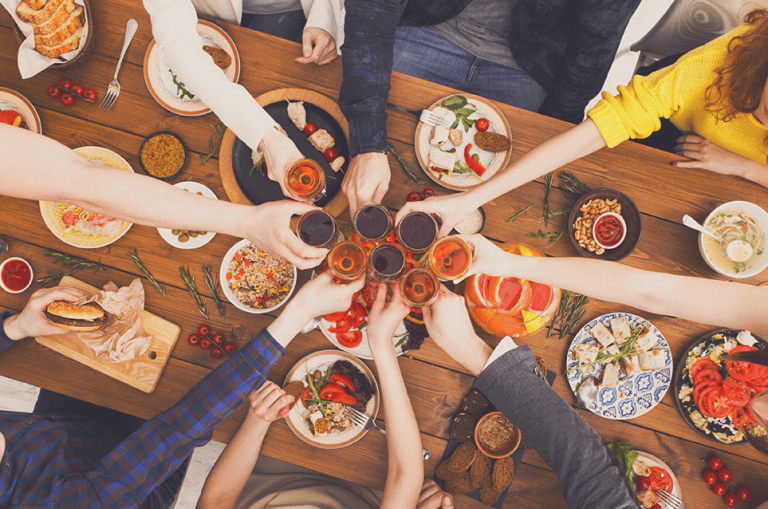
Mid-Autumn Festival Moon Phasesĭuring the Mid-Autumn Festival, the moon is at its fullest and is said to be at its brightest and roundest which is represented with family gatherings.

Subscribe to the ChinesePod Mid-Autumn Festival Course to learn all about the festival and pickup some Chinese phrases as you go. Saturday, 10 September Mid-Autumn Festival 2023 Tuesday, 21 September Mid-Autumn Festival 2022 Thursday, 1 October Mid-Autumn Festival 2021 Mid-Autumn Festival follows the lunar calendar and is celebrated on the 15th day of the 8th lunar month, which is usually somewhere between September and October. While this observance of the moon is traditionally a Chinese festival, it’s also celebrated in Japan, Vietnam and Korea.

Mid-Autumn Festival is also called Moon Festival, Mooncake Festival, and Zhong Qiu Jie. During such an important time of togetherness with family, it’s important to enjoy the moment with loved ones no matter where the celebration is being held.After Spring Festival, 中秋节 (zhōng qiū jié) Mid Autumn Festival is the 2nd most important Traditional Chinese festival. You will always find the perfect gift for your loved ones with the premium flavours of Danisa!Īt the end of the day, this festival gives people an opportunity to see their loved ones and celebrate together. Made using the finest quality ingredients for excellent flavours, Danisa Butter Cookies offers luxurious variants of traditional butter cookies choco cashew butter cookies, and currant butter cookies.

Danisa is always considered as a luxurious and premium gift to express love. Trying to find that perfect present for family or friends to celebrate the Mid-Autumn Festival can be difficult, but understanding the traditions and gift-giving norms of the festival will help in picking out the right gift for them.Īlthough mooncakes are always highly appreciated as Mid-Autumn Festival gifts, a little twist won't hurt, like Danisa Butter Cookies. Gift giving is the most popular way to celebrate the Mid-Autumn Festival. The common customs of this festival include family members eating dinner together, admiring the moon, and displaying lanterns outside the house. No festival would be complete without a feast, and the water lantern festival is no different. Things to Do at Mid-Autumn Festival Have Dinner with the Family at Home In Vietnam especially, usually all lights in the Hoi An city are turned off at night, so the floating lanterns are all that illuminate Hoi An, creating a magical glow. Beautiful, multi-coloured lanterns in various shapes are lit with candles and placed outside the house or the river with a wish for luck, love, or happiness. The highlight of this festival is the lantern. Since then, the locals began to imitate this in similar hopes of bringing good luck to their family. In Vietnam, during the 17th century, Hoi An was an important port for the country that was always bustling with merchants from all over the world, including the Japanese who brought with them many different varieties of lantern shapes that they would hang in front of their homes. Mooncakes are the traditional snacks/desserts of the Mid-Autumn Festival. In China, the celebrations typically start with a delicious shared meal, then afterwards it’s time to admire the bright moon and eat moon cakes. What are the Traditions of the Mid-Autumn Festival?
Giving gifts during midautumn festival full#
Not only because Buddha was born on a full moon, but because he attained enlightenment on a full moon too. The Mid-Autumn festival is held to celebrate the full moon because it is one of the most sacred times in the Buddhist calendar. It's one of the main reasons thousands of domestic and international visitors come to visit every year, for a chance to see such a beautiful scene that cannot be experienced anywhere else. The Mid-Autumn Festival is a festival celebrated widely in Vietnam and China.

There are several festivals to prove it, including the Mid-Autumn Festival. The moon goes through many phases, but the full moon is one phase that holds great significance for many. The moon is known as the controller of the tides and has been worshipped by cultures around the world for a long time.


 0 kommentar(er)
0 kommentar(er)
